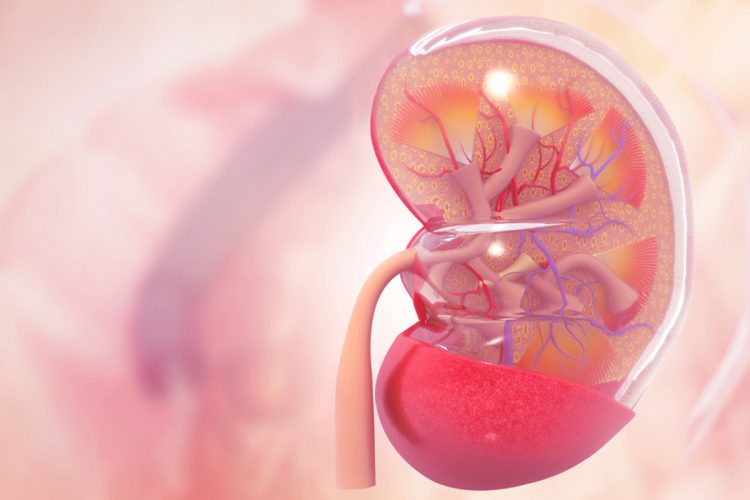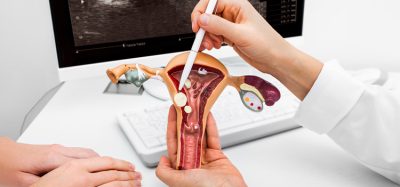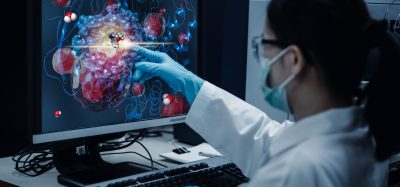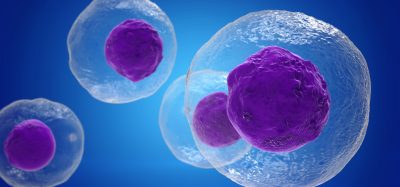Improved analysis of kidney cancer
Posted: 11 August 2017 | Dr Zara Kassam (Drug Target Review) | No comments yet
A research team have discovered that in the Cancer Genome Atlas database the gene expression in reference samples differs from normal tissue, depending on where in the kidney the samples happen to have been taken from…


A research team have discovered that in the Cancer Genome Atlas database the gene expression in reference samples differs from normal tissue, depending on where in the kidney the samples happen to have been taken from, the analysis can be improved by clarifying which samples correspond to the correct tissue. The study has now been published in Cell Reports.
“Since the gene expression in the cells varies depending on their location, it is important that the normal samples contained in the database should also be taken from the location corresponding to that of the patient’s tumour”, says David Lindgren, lead author of the study.
As an example, it was previously suspected that clear cell tumours occur in the first part of the nephron, but if these tumour cells are compared with a normal sample taken deeper inside the nephron, the cells will not correspond to the tumour sample. The gene expression is thereby different. Although each patient is unique, the various types of tumours have different specific genetic changes which occur as a consequence of properties in the cell in which the tumour originated.
“It is extremely important to know what characterises the cells in which the tumour occurs. Through better understanding of this interaction, we can increase our understanding of the course of the disease, which could be significant for diagnostics and, in the longer term, also for the choice of treatment”, said Håkan Axelson, research team leader and professor of molecular tumour biology.
When a tumour biopsy is taken from a patient and compared with healthy kidney tissue, it serves to map how the various genes are expressed so as to clarify what has gone wrong in the tumour cells. The Cancer Genome Atlas – an international database containing almost 1000 samples from kidney tumours and healthy tissue – is a tool in this process.
Related topics
Genetic Analysis, Genomics, Oncology, Screening
Related conditions
Kidney Cancer
Related organisations
Lund University
Related people
David Lindgren, Professor Håkan Axelson








